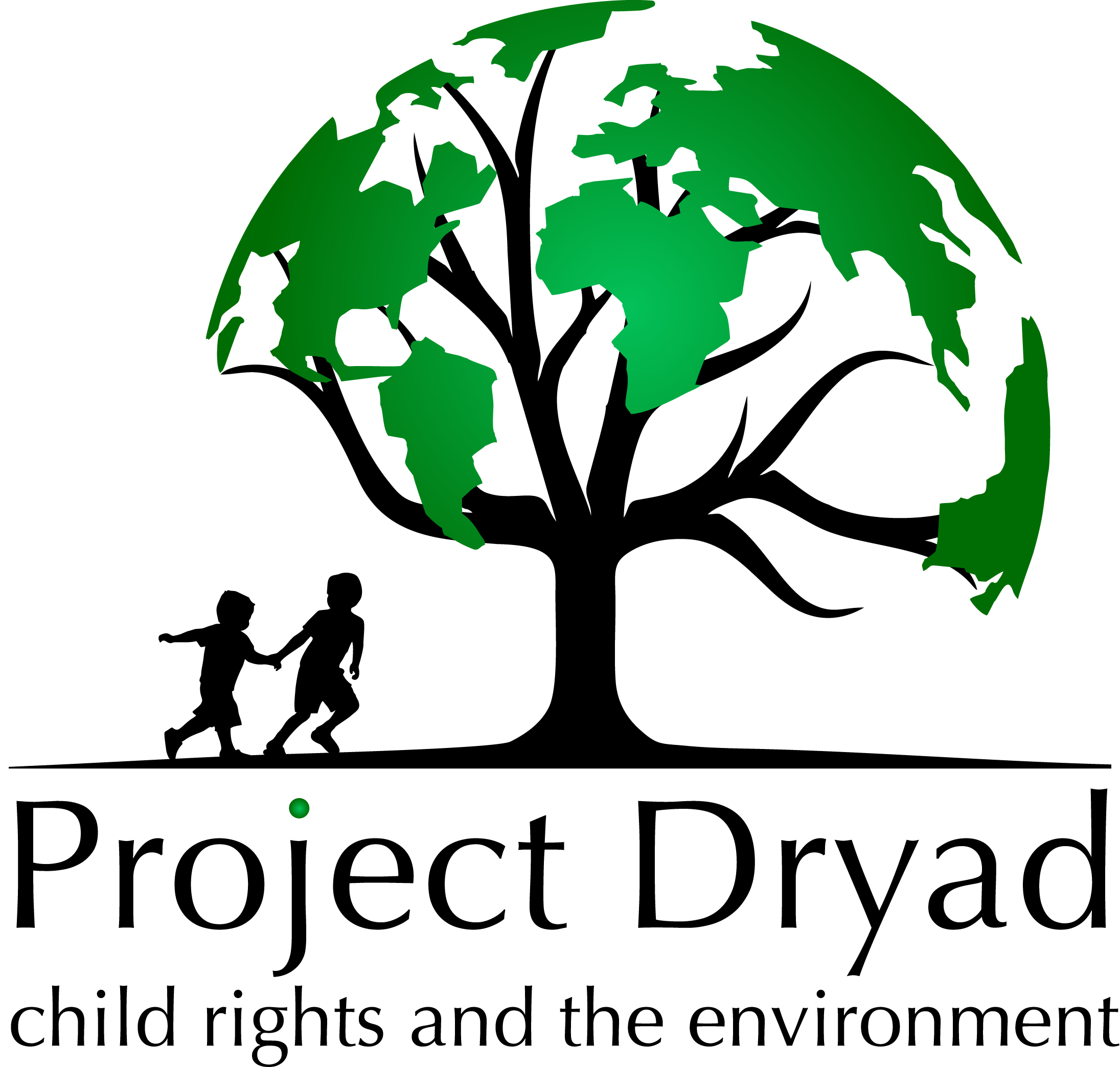Our Mission
Project Dryad responds to the fundamental injustice that despite being the most vulnerable to the impacts of the climate crisis and environmental harm, children and their rights remain largely overlooked in local, national, and global climate and environmental policies and action.
Project Dryad seeks to change this by assisting governments, UN actors, businesses and non-governmental organisations to implement evidence-based and child-centred climate and environmental policies and action at all levels. We provide:
research
policy analysis and development
technical guidance
design and support in implementation of strategic advocacy approaches
capacity-building
support for coalition-building and development of multi-stakeholder partnerships, drawing on an extensive network
Project Dryad also co-leads the Secretariat of the Children’s Environmental Rights Initiative (CERI) coalition.
Check out the News page to see what we’ve been up to recently.
no group is more vulnerable to environmental harm than children
A healthy and sustainable environment is essential to children's well-being and the enjoyment of their rights. From climate change to air and water pollution, exposure to chemicals, toxic substances and waste, or the loss of biodiversity and access to nature, no group is more vulnerable to these impacts than children, particularly between birth and the age of 5.
Children experience disproportionate and distinct forms of harm compared to the population as a whole because childhood is a unique period of rapid physical and cognitive development, and because children are often exposed in different and heightened ways to environmental hazards. These hazards threaten their most basic rights - to health, to food and water, to education and protection - and even to life itself.
Furthermore, by interfering with their normal development, and disrupting their access to basic services such as education and healthcare, environmental harm can result in lifelong and irreversible effects, preventing children from enjoying their rights in the future as well.
children’s rights must be upheld in environmental policy-making & action
Despite the disproportionate impacts that children face, and the fact that they make up almost one-third of the world’s population, children’s rights are often overlooked in planning and implementing environmental policies and standards. This includes, for example, their heightened vulnerability to environmental risks, as well as their rights to environmental education, information and meaningful participation in decision-making processes, as well as their access to justice for violations of their rights due to environmental harm.
This is not only a breach of governments’ obligations under international human rights law and a moral failure; it is also an incredible missed opportunity to benefit from children’s experience, views and creativity. When empowered with education, skills and tools, children can play a critical role in building their own and their communities’ resilience, and in establishing more effective, legitimate and sustainable interventions to protect the environment as well.
While the relationship between children’s rights and the environment may seem self-evident, the obligations and duties of governments and other actors in this context have historically been poorly-understood. However, this is changing, guided by an increasing awareness of how child rights enshrined in the UN Convention on the Rights of the Child relate to environmental issues, and by other key international commitments that governments have signed up to, including the Sustainable Development Goals, the Sendai Framework for Disaster Risk Reduction (2015-2030), and the Paris Agreement on climate change. The latter is the first-ever international environmental agreement to recognise that countries’ human and child rights obligations apply in the context of climate action.
Increasing understanding and the capacity to place children at the front and centre of environmental decision-making - and ensuring that governments and business are accountable for their commitments - will be key to transforming the prospects of children and our planet.
Photo credit: m + e photography @mplusephoto

